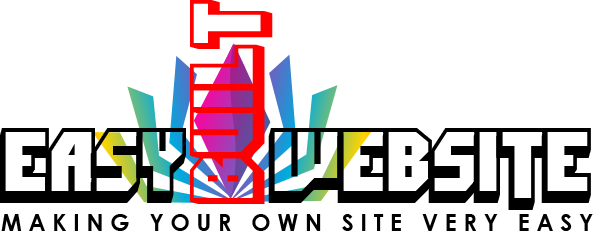When talking about a Web content strategist and Web content projects, just what is the context? The answer may vary depending upon whom you are talking to. A content strategy could be something as simple as planning to publish a blog and distribute content via RSS feeds. Or it could be as complicated as planning to create a 1000 page Web site with different targeted content written for specific user groups, and all done in ten languages. In the world of Web design agencies, we are generally talking about the latter when talking about Web content strategy. A content strategist functions as part of a large team that may also include an art director, graphic designers, an information architect, a technical lead, programmers, content developers (writers), and a project manager.
So exactly what am I referring to when I use the term “Web content?” Technically, Web content can be anything that appears on a website, including words, pictures, video, sounds, downloadable files (PDF), buttons, icons, and logos. For this discussion, when I refer to Web content, I’m usually talking about the editorial content-the paragraphs, sentences, and words on a Web page. A content strategist may be involved in tracking and locating some of these other types of content, but for the most part, we will be talking about the processes surrounding the identification, creation, and approval of the words on a Web site.
But let’s not oversimplify this either. As Web users have become more and more sophisticated, their expectations for Web content have become higher. Just having a lot of content is no longer enough. The content has to be well organized (this is usually the information architect‘s job) and it must hang together in a coherent way and communicate value and a good story (this is the content strategist’s job).
Editorial content then becomes more than just words on a page. The content strategist can participate in every phase of the project’s design and implementation. She can help figure out what content needs to be on the new site and how much existing content (online, print, etc.) can be re-used. She will help figure out how much new content needs to be written. She will define the content development process to be used for all new content – this would include workflow and approvals. She may also write some of the content herself and handle assigning content to be written by others and editing it once it is complete.
So as a content strategist, for every paragraph of text on the Web site, she will need to consider:
- How is this information relevant to what the user is doing? A site user who is just beginning to think about buying a product needs very different information than someone who has done a lot of research and just wants detailed specifications. These users have different criteria for what relevant product information might be. This is often referred to as the user’s context in the site. This is why a content strategist may decide to write different content for a number of user types.
- Is the content comprehensive? Is everything present on the site that a user might want to know so they can successfully accomplish whatever they came to the website to accomplish?
- Is the content appropriately labeled and defined? These labels and definitions of the content are referred to as metadata-data about data. Keywords or tags for searching might be metadata, as could a list of countries for which the content be used. Metadata makes the content able to be manipulated automatically by computer systems based on business rules. For instance, maybe products labeled as “boots” should only appear in certain areas of the site.
- What is the most efficient way to develop this content? Ultimately, someone is going to have to write, import, or copy and paste existing text into some kind of data repository for the site, usually a Web content management system (WCMS). What tools will be used? What workflows and approvals are needed? If there is a WCMS, how easy are the input forms to use and should the content strategist help design them? Is there enough time in the project plan to create all the needed content? The team will look to the content strategist to help answer these questions.
All of these elements become as much a part of the Web editorial content as the words and sentences.
It’s a big job, but one that can be extremely rewarding, both personally and financially, for smart, well-organized writers of all kinds.


